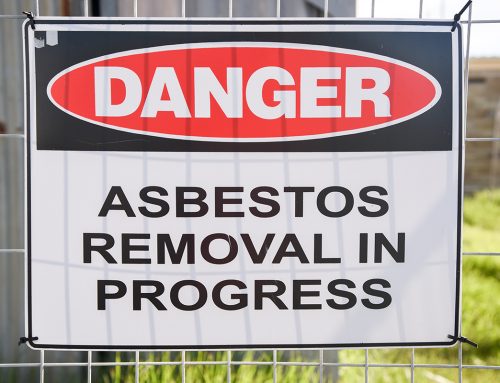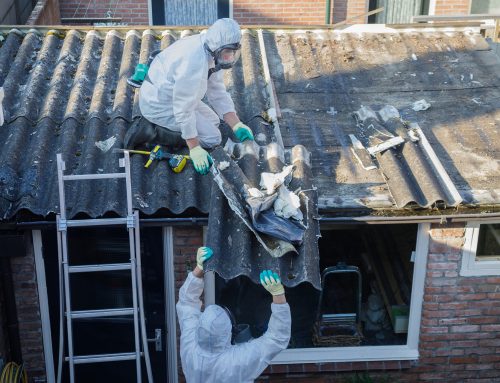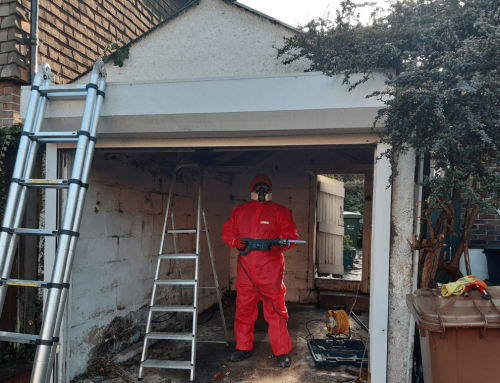Asbestos has been identified as a significant health hazard in recent years, leading to severe diseases including mesothelioma, lung cancer, and asbestosis. Given its widespread use in construction materials before the late 20th century, the importance of asbestos sampling in today’s workplaces cannot be overstated. This process is critical not only for compliance with health and safety regulations but also for safeguarding the health of employees and the public. Here, we explore the vital role that asbestos sampling plays in ensuring workplace safety.
Understanding Asbestos Risk
The risk posed by asbestos is particularly insidious because it can take decades for symptoms of asbestos-related diseases to appear. Asbestos fibres, when inhaled, lodge in the lungs and can cause significant health issues over time. The danger is not in the stable materials that contain asbestos but in those instances where these materials are disturbed, releasing fibres into the air. This risk underscores the necessity of identifying materials that contain asbestos before any renovation, demolition, or maintenance work is undertaken.
The Asbestos Sampling Process
Asbestos sampling involves carefully collecting samples of suspected asbestos-containing materials (ACMs) and analysing them in a laboratory to determine the presence and type of asbestos fibres. This process must be carried out by trained professionals to prevent the unintentional release of asbestos fibres during the collection. The sampling process is a critical first step in assessing the potential risk posed by ACMs in the workplace.
Regulatory Compliance
Many countries have strict regulations regarding asbestos management in the workplace. These regulations often require employers to conduct asbestos surveys, including sampling, to identify and manage ACMs. Compliance with these regulations is not only a legal obligation but a moral one, ensuring that all necessary steps are taken to protect individuals from asbestos exposure.
Informed Decision Making
The information obtained from asbestos sampling allows property owners and managers to make informed decisions about the management of ACMs. Depending on the condition of the ACMs and the type of asbestos found, the appropriate response may range from regular monitoring and management to removal or encapsulation. Without accurate sampling data, these decisions would be based on guesswork, potentially putting people at risk.
Preventive Measures
Effective asbestos management, guided by accurate sampling, can prevent harmful exposure. By identifying ACMs before they are disturbed, appropriate preventive measures can be implemented to control fibre release. This may include creating asbestos management plans, conducting awareness training, and employing professional removal services where necessary.
Ensuring Health and Safety
Ultimately, the goal of asbestos sampling is to ensure the health and safety of everyone who may come into contact with ACMs. By accurately identifying and managing these materials, the risk of exposure and the development of asbestos-related diseases can be significantly reduced. This proactive approach is essential in creating safe work environments, particularly in buildings and structures built when asbestos use was prevalent.
Asbestos sampling plays a crucial role in workplace safety, serving as the foundation for effective asbestos management. By accurately identifying ACMs, businesses can comply with legal requirements, protect their employees and the public from asbestos exposure, and make informed decisions about managing these materials. The importance of this process in preventing health risks associated with asbestos cannot be overstated, making it an indispensable part of workplace safety protocols.






